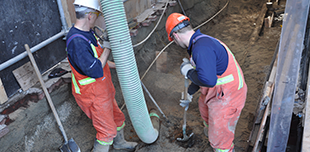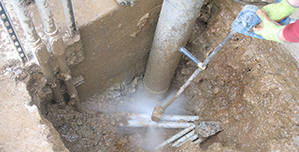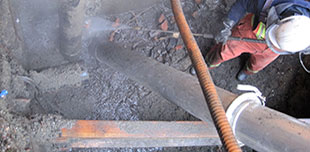For a whole septic system to work the main component is the septic tank.
A septic tank is a sewage treatment system in rural areas which is not connected or regulated by main or big sewage systems usually provided by the government or main corporations. A septic system is composed of a septic tank and a drainfield. In the process, from the house, the waste water flows to the septic tank. The tank is made ideally in a way that the waste settles at the bottom and the waste water is retained. Eventually the solid wastes are decomposed partially and this forms sludge. A formation of light particles and grease called scum is formed and floats on top of the waste water. In a septic system, baffles are installed. These are to prevent scums and solid wastes from escaping. The treated waste water is then released to a drainfield.
As any other kind of system, a septic system needs maintenance. In failing to do so, some problems may be encountered. Even when the septic system seems to be functioning well, when it hasn’t been pumped for 5 years, it can cause pollution of the ground water and in some cases may clog the drainfield.
For this cause, simple maintenance tips may be applied. For one, it is always best to conserve water. Drips should be immediately fixed. In any kind of system, do not overload it. This we know, is the primary cause of why a system encounters problems and eventually results in failure. It’s also advisable not to dump hard solids or fats in the sink; these can easily build up and clog the pipes. Also, when you decrease the solid load in the tank, it also gives a length of time before the tanks needs to be pumped.








